UX Foundations Workshop
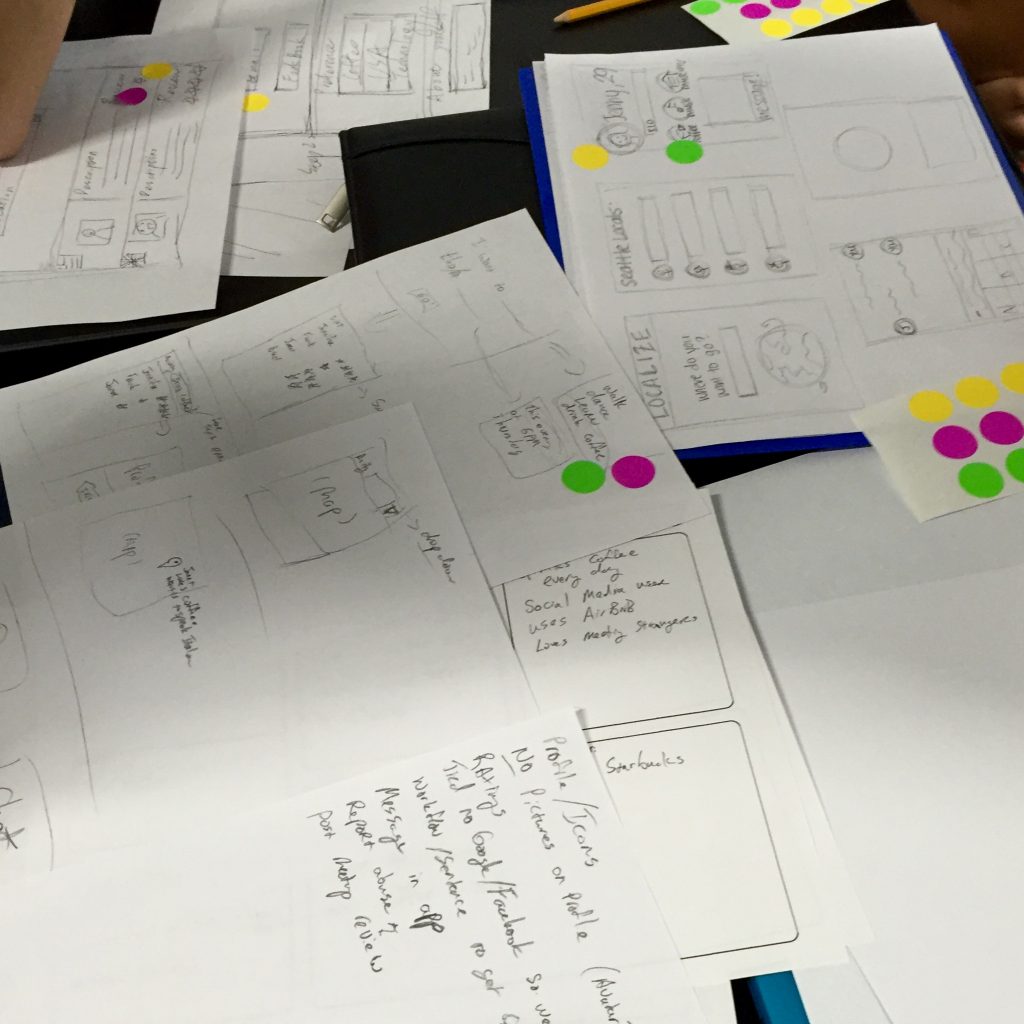
Back in September, my friend Karen Tang and I taught a UX Foundations workshop as part of the PGH-Tech meet-up group. In the workshop, students were grouped into teams and asked to create think about a design problem in one of four domains: Health, Education, Kids/Family, or Travel. Then they utilized a number of techniques and strategies to ultimately wireframe a solution. In particular, we covered…
Interview with Greg Buzulencia, CEO and founder of ViaHero
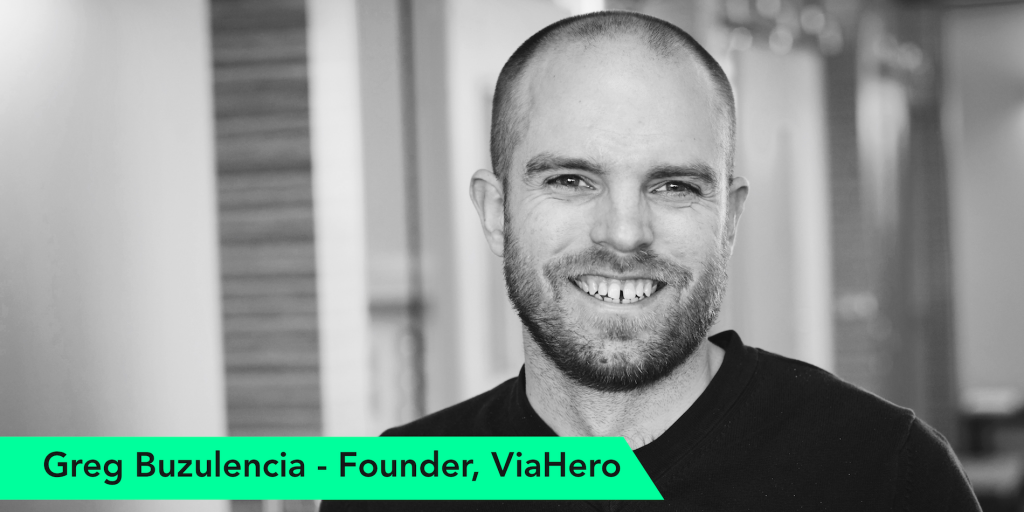
Meet Greg Buzulencia, the CEO and founder of ViaHero.
UX Mini-lesson: How to conduct user interviews
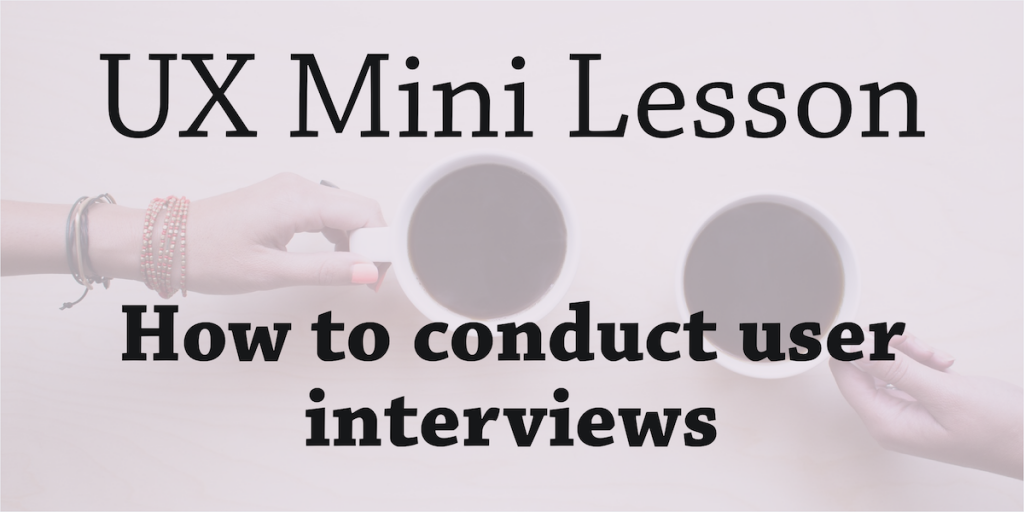
User interviews are, by far, the research method I use the most. They are relatively inexpensive to conduct yet provide a wealth of information that can be used to guide design. Also, user interviews are a research method that is easy to “get right”. With just a little bit of guidance, even the most novice of researchers can conduct a worthwhile user interview.
What I learned about design through writing

All novels start off trite and miserable, but with discipline and hard work you can make them better. Then I realized writing and design are more similar than they are different (and that my brain wasn’t as done with research and design as I thought.) In this post I share three pieces of advice I learned on my brief foray into writing. These are mottos that all writers know, and designers could benefit from.
User-centered startup = Design thinking + Lean
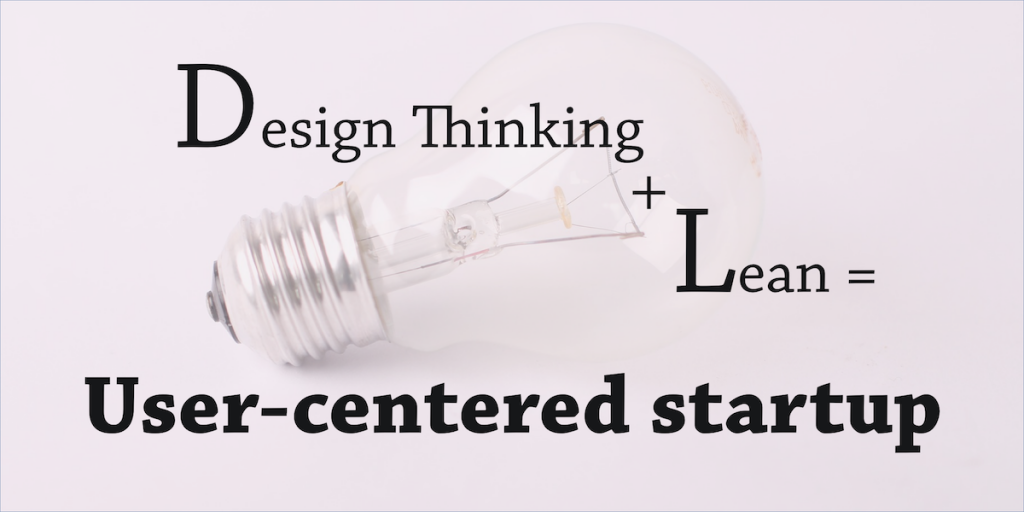
Two schools of thought that have risen to prominence in the startup world are Design Thinking and Lean. Both promise to help you find better product solutions, but they take you on different routes to get there. In this post I highlight both approaches and propose that if you want to run a user-centered startup you need to use both: a Design thinking + Lean combo.
Faster horses: Everyone’s favorite excuse to skip user research
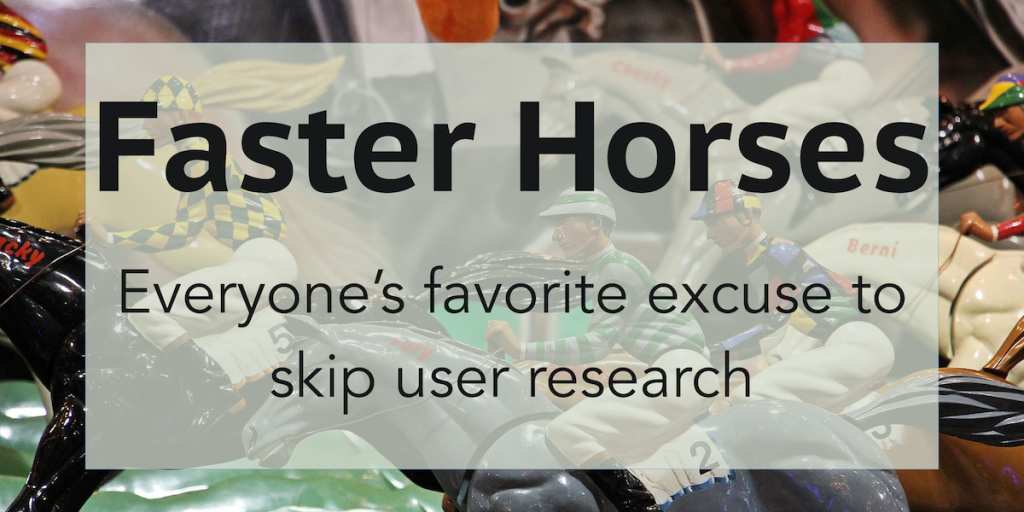
Users won’t tell you how to design or build a product. That is distinctly your job. But users can tell you about virtually every requirement the solution should have, which is the next best thing.
Resources for Startups in Pittsburgh

For small business owners, Pittsburgh has a lot to offer. Here are some of the many resources available to Pittsburgh startups.
Interview with Chris Maury – Conversant Labs founder and CEO
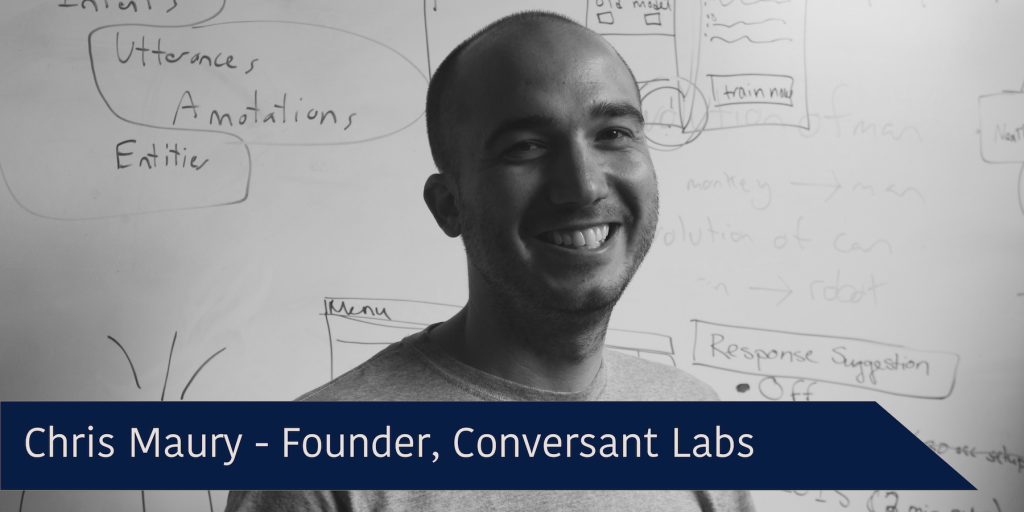
Meet Chris Maury, the CEO and founder of the startup Conversant Labs.
3 UX tips for creating your MVP
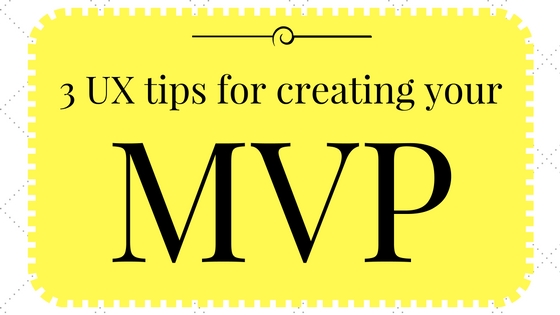
You’ve got a Big Idea and you’ve launched your start-up. You’ve read every book on Lean and you are committed to taking a experimental approach. You know the first step is to create your first Minimum Viable Product (MVP) and start honing in on your exact value-proposition. But when you start scoping out the MVP you realize it has quickly gotten out of hand. What is supposed to be a minimal, simple product has turned into a large software development project. It seems like your vision for the company is too big to fit into one prototype.
If that sounds like you, then you are facing one of the most common problems entrepreneurs must overcome. Here are three UX tips to help you create your MVP. These tips are guaranteed to help you to start thinking less like an entrepreneur, and more like a User Researcher.
Book review: Validating Product Ideas by Tomer Sharon
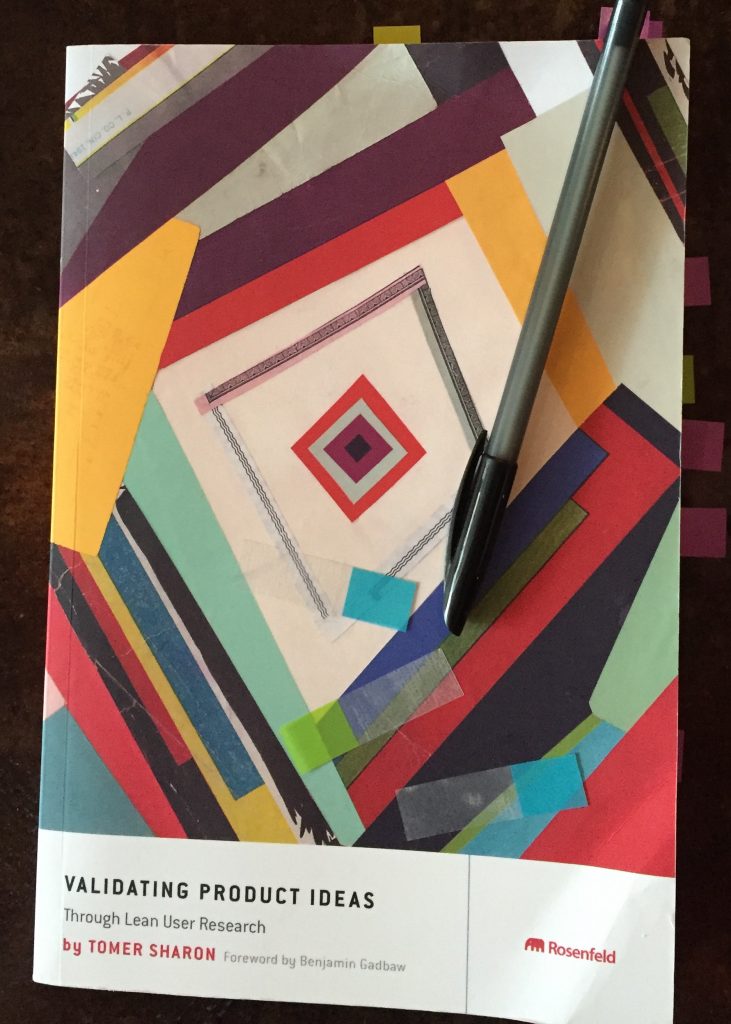
When I started reading Validating Product Ideas by Tomer Sharon, I instantly understood what he was trying to do: teach entrepreneurs how tolove the problem, not the vision. I’ve been trying to help my clients with this through hands-on, user-research practice. Now I might start assigning reading “homework” from Validating Product Ideas too.
